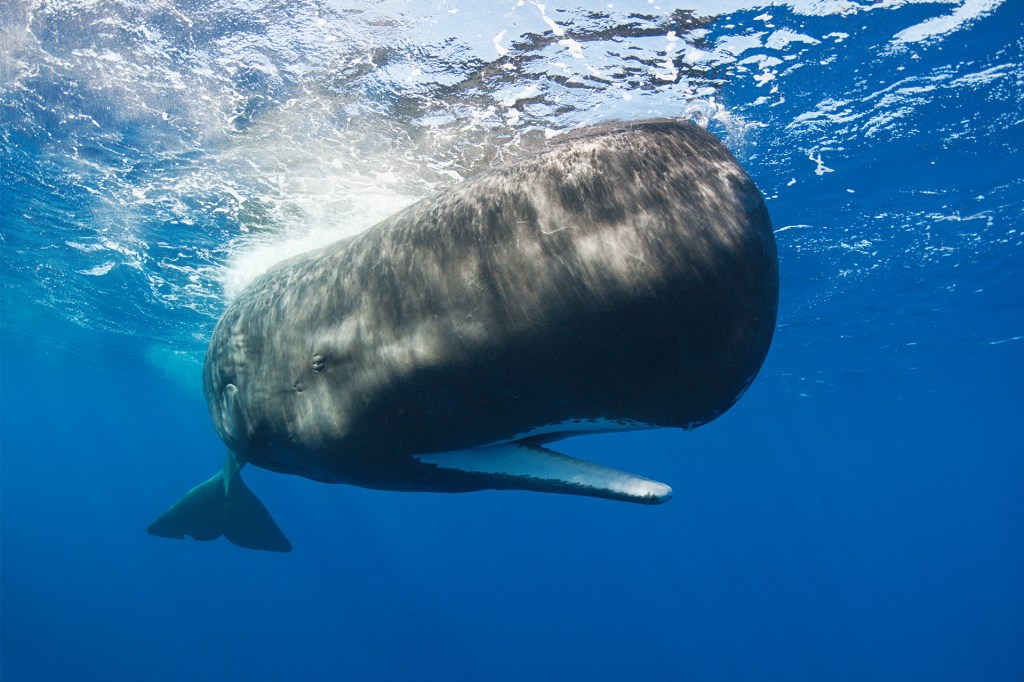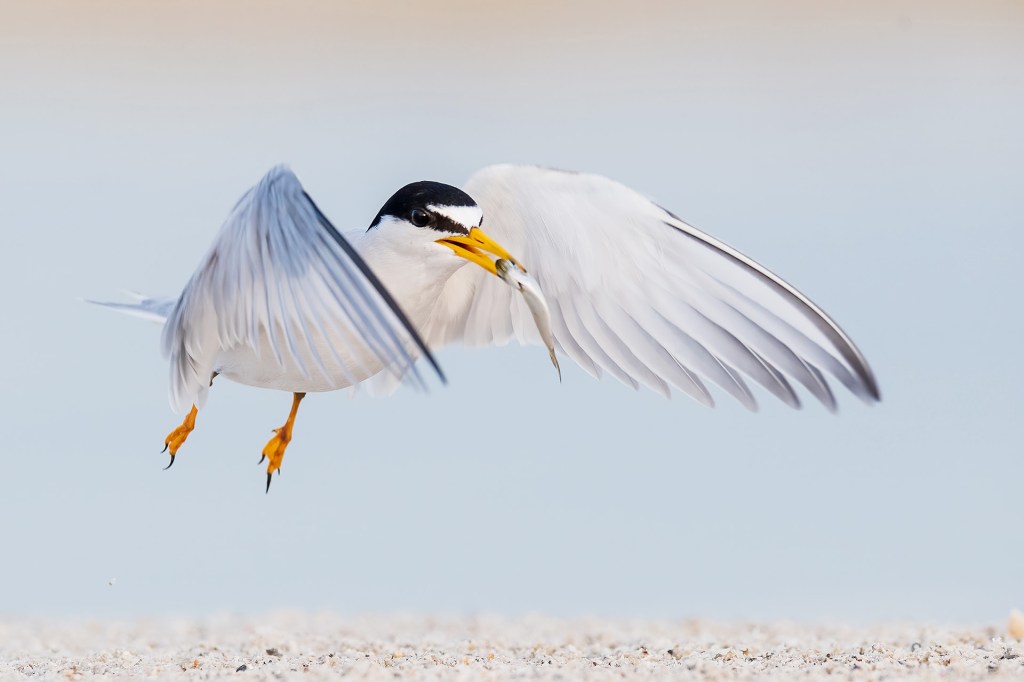On Thin Ice
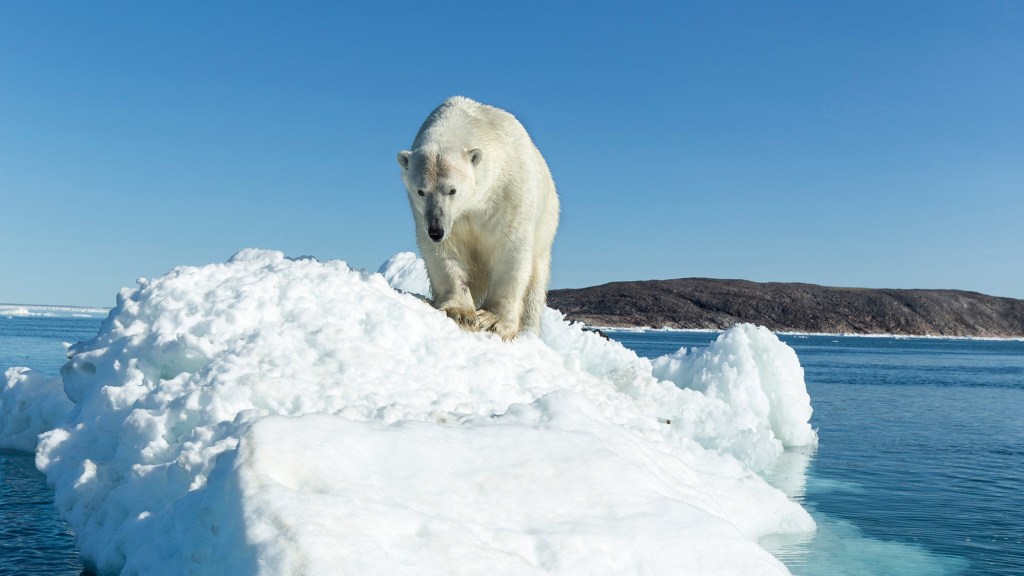
Polar bears live in the Arctic. They spend their days perched
perch
 VIVIAN ZINK/NBC/NBCU PHOTO BANK—GETTY IMAGES
to sit or rest on something
(verb)
Mr. Shockley perched on the side of the desk.
on sea ice. That’s where they hunt for food. But large areas of sea ice are melting. This has put the mammals at risk. That is according to a new report.
The report is from the Committee on the Status of Endangered Wildlife in Canada (COSEWIC).
VIVIAN ZINK/NBC/NBCU PHOTO BANK—GETTY IMAGES
to sit or rest on something
(verb)
Mr. Shockley perched on the side of the desk.
on sea ice. That’s where they hunt for food. But large areas of sea ice are melting. This has put the mammals at risk. That is according to a new report.
The report is from the Committee on the Status of Endangered Wildlife in Canada (COSEWIC).
In Canada, polar bears are listed as an animal of “special concern.” This means they are not yet endangered
endangered
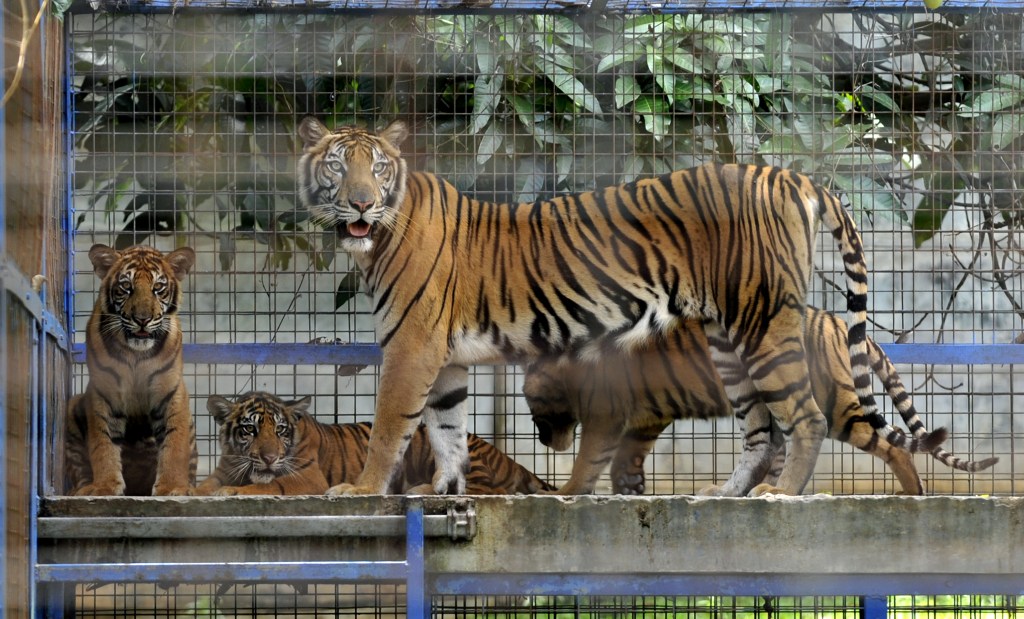 ROMEO GACAD/AFP/GETTY IMAGES
at risk of becoming extinct
(adjective)
Researchers worked to save the endangered tiger species.
. But they could be in the future. “We will need to keep a close eye on this species
species
ROMEO GACAD/AFP/GETTY IMAGES
at risk of becoming extinct
(adjective)
Researchers worked to save the endangered tiger species.
. But they could be in the future. “We will need to keep a close eye on this species
species
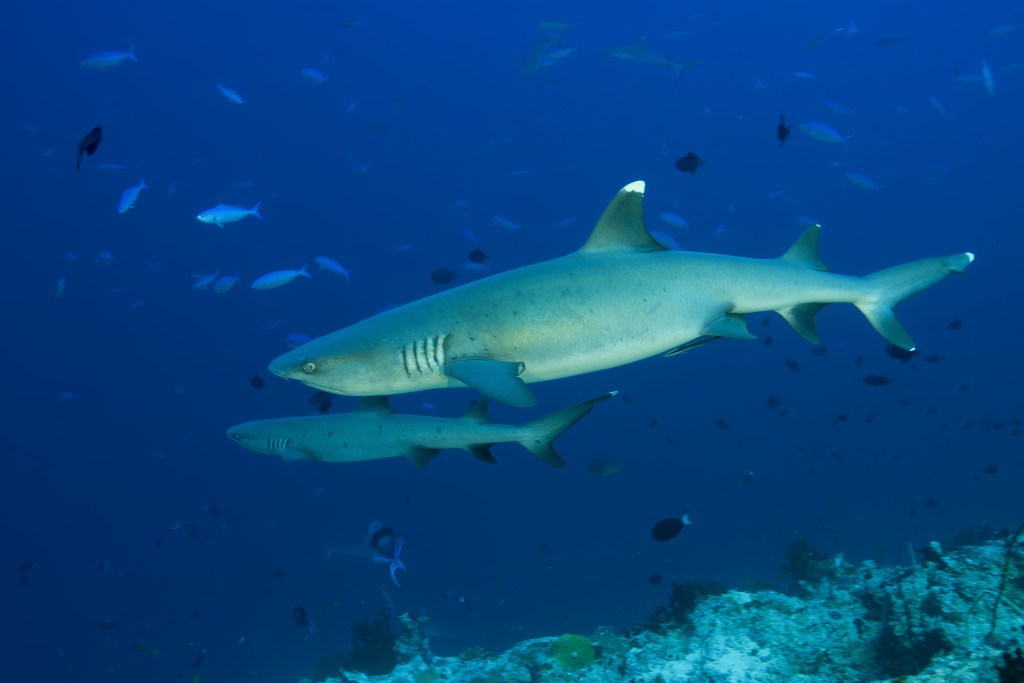 ANDREY NEKRASOV/BARCROFT MEDIA/BARCROFT MEDIA—GETTY IMAGES
a group of similar plants or animals that can produce offspring
(noun)
There are more than 400 species of sharks.
,” said Graham Forbes. He is part of the COSEWIC team that studied the bears.
ANDREY NEKRASOV/BARCROFT MEDIA/BARCROFT MEDIA—GETTY IMAGES
a group of similar plants or animals that can produce offspring
(noun)
There are more than 400 species of sharks.
,” said Graham Forbes. He is part of the COSEWIC team that studied the bears.
No Room to Roam
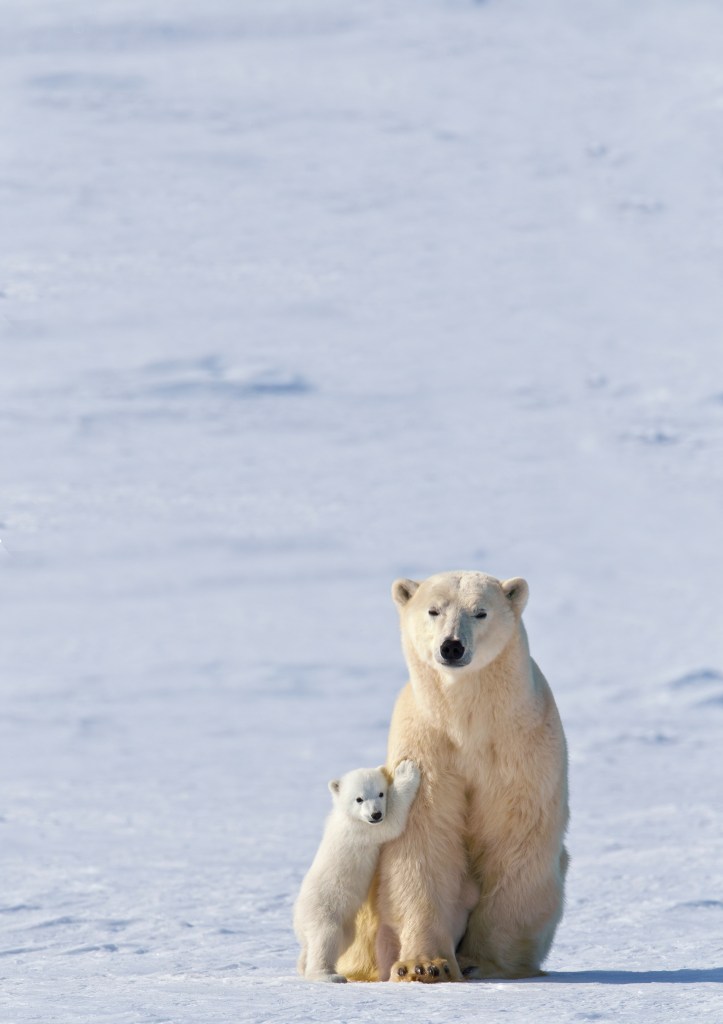
In Canada, a polar bear mother and her cub stand on sea ice.
THOMAS KOKTA—GETTY IMAGESMelting sea ice is the top threat to polar bears. They need sea ice to stand on while they hunt. Seals are their main food source. Polar bears wait on the ice for seals to pop up from the water. Then they pounce. Less ice means less area to hunt.
It will take 20 to 40 years to see how loss of sea ice affects polar bears, Forbes told TIME for Kids. “Nobody knows what will happen.”






